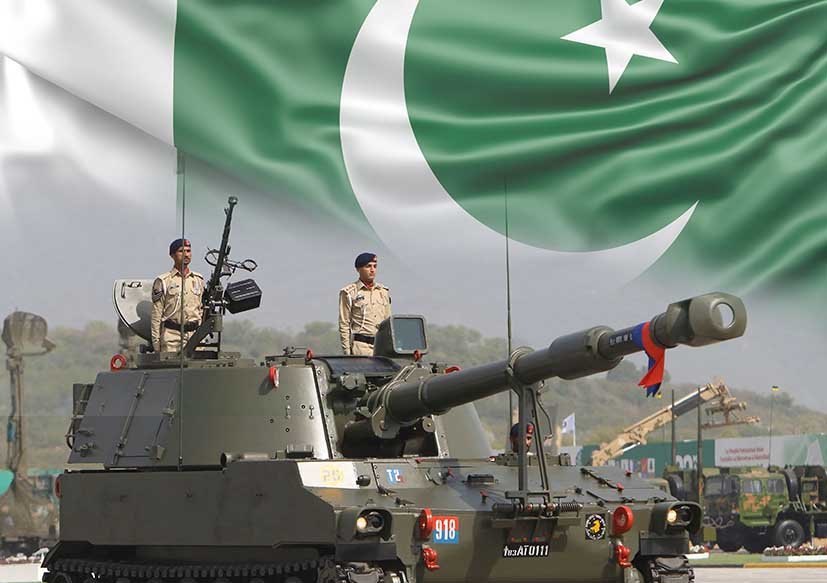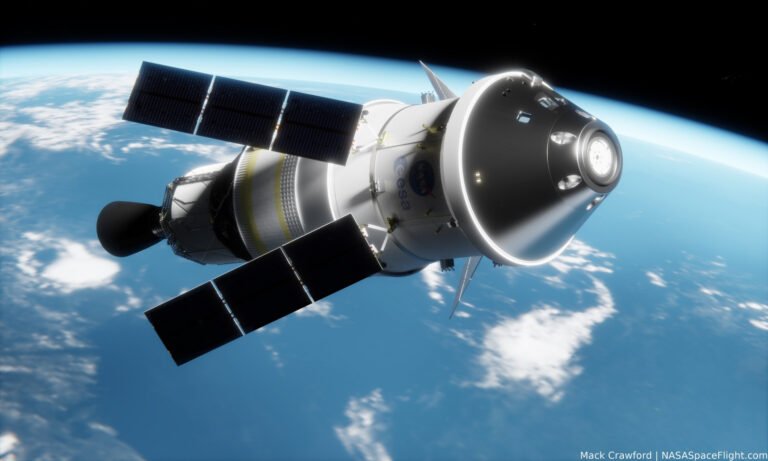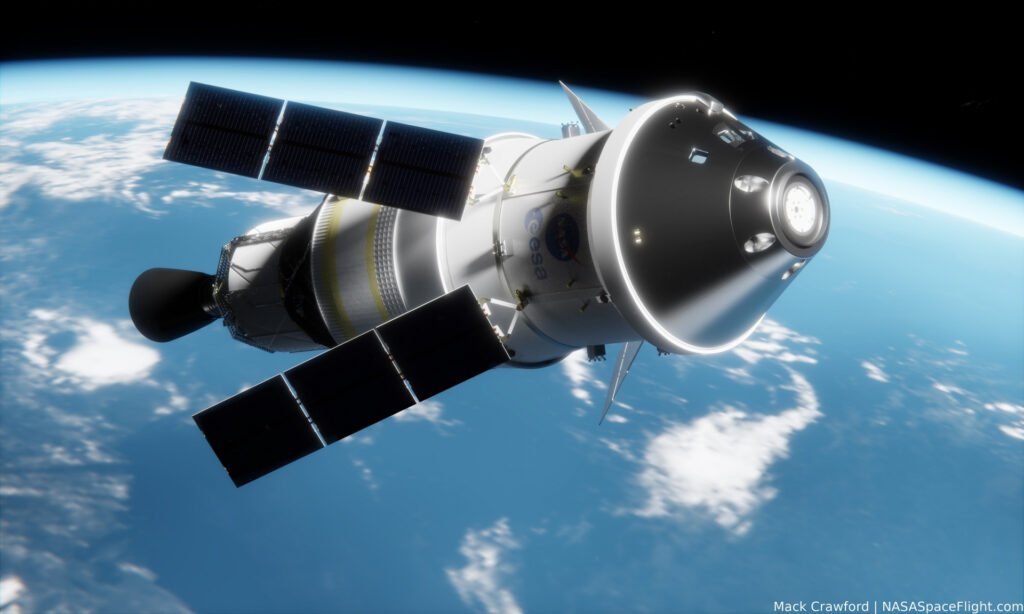Prioritizing National Security Amid Complex Threats
In the newly announced Pakistan Defense Budget 2025-26, the government has allocated Rs 2.55 trillion to “Defense Affairs and Services,” marking a 20.2% increase from the previous year. This substantial boost reaffirms Pakistan’s strategic commitment to safeguarding its borders and modernizing its armed forces amid evolving regional threats.
The increase is not isolated — it builds on a trend of rising military expenditure, consistent with prior years. Although military pensions (Rs 742 billion) are budgeted separately, they push the actual defense-related expenditure to over Rs 3.2 trillion when Public Sector Development Programme (PSDP) projects are included.
Budget Breakdown: Where Rs 2.55 Trillion Goes
A clear distribution of the defense allocation reveals the state’s multifaceted approach to national security:
- Employee-Related Expenses (33.2%) – Rs 846.03 billion covers salaries, allowances, and benefits for active personnel.
- Operating Expenses (27.6%) – Rs 704.4 billion funds fuel, training, rations, and field operations.
- Physical Assets (26.0%) – Rs 663.07 billion is allocated for procurement of arms, vehicles, and new equipment.
- Civil Works (13.2%) – Rs 336.49 billion supports military infrastructure and maintenance needs.
This structure demonstrates a balance between personnel welfare, operational preparedness, and modernization initiatives, including upgrades to Pakistan’s air and naval systems.
How It Compares with Past Budgets
Compared to the Rs 2.17 trillion in FY 2024-25 and Rs 1.8 trillion in 2023-24, the 2025-26 allocation reflects a continued upward trajectory. This trend, driven by inflation, exchange rate fluctuations, and heightened security demands, shows how defense remains a cornerstone of Pakistan’s budget policy.
Regional Comparisons: Pakistan vs Neighbors
While India’s defense budget for 2025 stands at a towering $84 billion, nearly ten times Pakistan’s, Islamabad continues to rely on strategic deterrence, especially its nuclear capabilities, to maintain regional balance.
Similarly, countries like China and Iran spend significantly more, but Pakistan emphasizes a “minimum credible deterrence” doctrine, focusing on precision and asymmetric capability instead of scale.
No New Taxes for Defense
In a notable move, the government has not introduced any new taxes or surcharges specifically for defense. However, it continues to rely on existing mechanisms like customs duties on defense machinery and sales tax on imported arms, while offering tax exemptions to local defense manufacturers to boost indigenous production.
Drivers Behind the Budget Surge
Several factors justify the Rs 2.55 trillion defense outlay:
- Rising Regional Tensions with India and instability along the Afghanistan border.
- Counter-Terrorism operations across tribal areas and urban centers.
- Military Modernization, including the induction of JF-17 Block III fighter jets and Bayraktar drones.
- Inflation and Currency Devaluation, which raise the cost of imported arms and fuel.
Defense planners also emphasize the growing need for cyber warfare capabilities and space-based surveillance, aligning Pakistan with global military trends.
Reactions: Supporters vs Critics
Supporters Say:
- “Vital for security amid geopolitical uncertainty.”
- “The military remains Pakistan’s most trusted institution.”
Critics Argue:
- “Too much spending amid economic stress.”
- “Military pensions drain vital social sector funds.”
Some also question off-budget expenses, especially for nuclear programs and CPEC security, which may push real defense costs closer to Rs 3 trillion.
Fiscal Impacts and Future Projections
Despite IMF pressures for austerity, the government has prioritized defense, signaling that national security outweighs short-term fiscal constraints. Yet, concerns remain about rising public debt (now Rs 80 trillion) and the squeeze on sectors like education (1.7% of GDP) and health (0.9%).
Planned reforms in military pensions may free up Rs 200 billion annually. However, execution remains to be seen.
Conclusion
The Pakistan Defense Budget 2025-26 highlights the country’s unwavering focus on military strength amid complex internal and external challenges. With Rs 2.55 trillion officially allocated and additional funds tied to pensions and development projects, defense remains a top fiscal priority. While the decision aligns with national security goals, it reignites the debate on how best to balance military might with socio-economic growth.
For more news and updates, please visit PFM Today.













